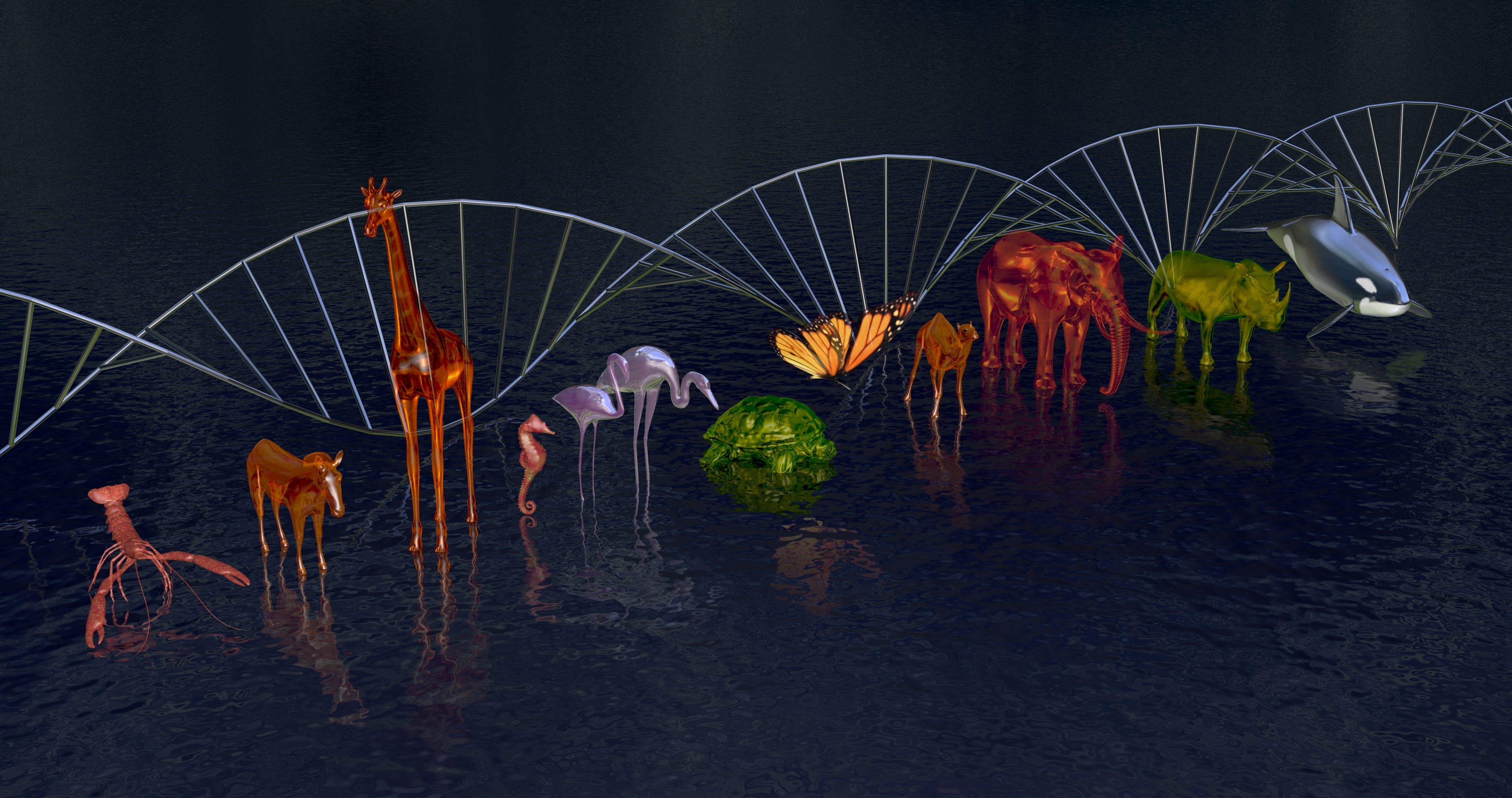In the last What’s Hot in Life blog post, we discussed how next generation sequencing (NGS) is used as a basis for understanding disease. This week I wanted to talk about DNA sequencing again, but in a completely different context. On November 1st, scientists launched an ambitious project to sequence all 1.5 million complex species on Earth. Their purpose? To save biodiversity.

Generally speaking, when non-scientists think about research with genes, peptides, proteins –the molecular world in general— it tends to invoke thoughts of biomedical science or something of that realm. We study viruses, cancer, our DNA to better understand and improve human quality of life. Even on this blog, we tend to explore such topics. But that doesn’t mean that’s all there is to it. Molecular biology is applicable to so many biological fields and nowadays, interdisciplinary science is more important than ever. With the What’s Hot blog, we want to better communicate trends and discoveries taking place in all corners of the biological world.
So what is this new project with such big claims? Described as “a moonshot for biology” the Earth BioGenome Project (EBP) is a 10-year plan to sequence the genomes of all 1.5 million complex species on Earth. Like the Human Genome Project, its success will be immeasurably valuable, giving us a near-complete library of life on Earth. However, sequencing all complex (eukaryotic) species is no small feat and with a $4.7 billion price tag, what can we gain?
“Unimaginable biological secrets are held in the genomes of the millions of known and unknown organisms on our planet. This ‘dark matter’ of biology could hold the key to unlocking the potential for sustaining planetary ecosystems on which we depend…”
One overarching goal of the Earth BioGenome Project is to “enable the conservation, protection, and regeneration of biodiversity” with DNA sequencing as its tool. But, what does genomics have to do with conservation? Surprisingly, a lot. For instance scientists use genetic data to track the migration of animal populations displaced due to climate change, deforestation, or urban development. For wildlife management and re-introduction of native populations, ensuring high genetic diversity is crucial for sustainable growth as too much inbreeding is detrimental.
To date, only 2,534 unique eukaryotic species’ have had their genomes sequenced. That’s only 0.2% of what we know. However, with the introduction of NGS and rapid development of this technology, DNA sequencing is now better, faster and more affordable than ever. Just over a decade ago, sequencing the first human genome took 13 years (and $3 billion). Now, for a few grand, it only takes one to two days.
Technology is not the limiting factor. The problem is how. In order to have the sheer manpower for a project of this scale, the organizers called for recruitment of scientists and citizen scientists on a global scale. Details of the exact strategy however, remains unclear. Another challenge the organizers face, of which they are well aware of, is regulating the quality of sample collection. A great deal of Earth’s biodiversity resides in remote hotspots of the world, such as in Amazonian rainforests. In order to produce high-quality genome assemblies, the EBP must also implement some system to ensure adequate preservation of samples. Otherwise, those samples might be a bit of waste. For example, of the sequenced genomes in the NCBI (National Center for Biotechnology Information) database, only 25 meet the standard to be a reference genome.
The Earth BioGenome Project is indeed a moonshot for biology. Over the next ten years, it will be interesting to observe how these challenges will be met. What do you think about this multi-billion dollar project? Can it sustain itself?

.jpg)



